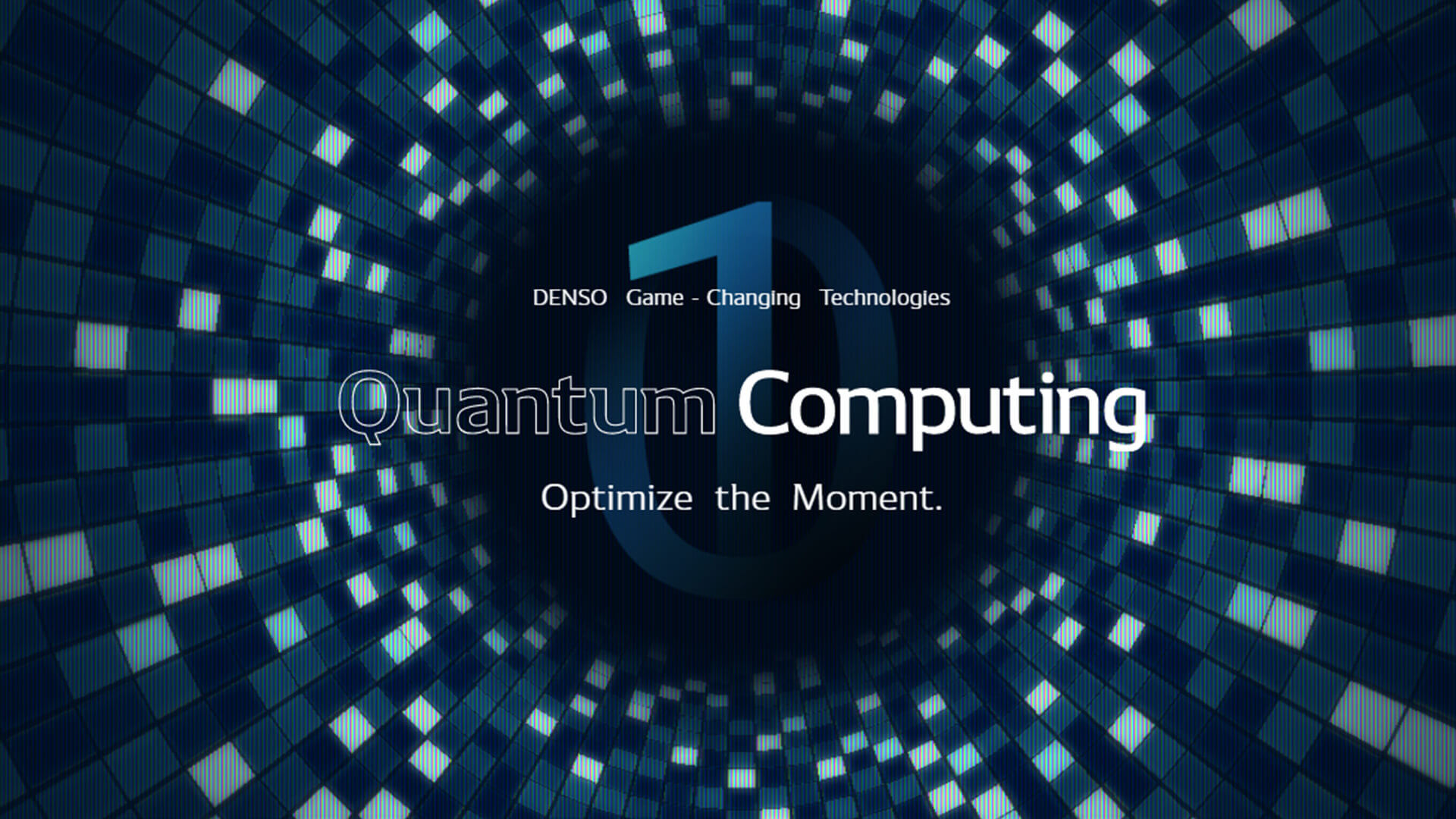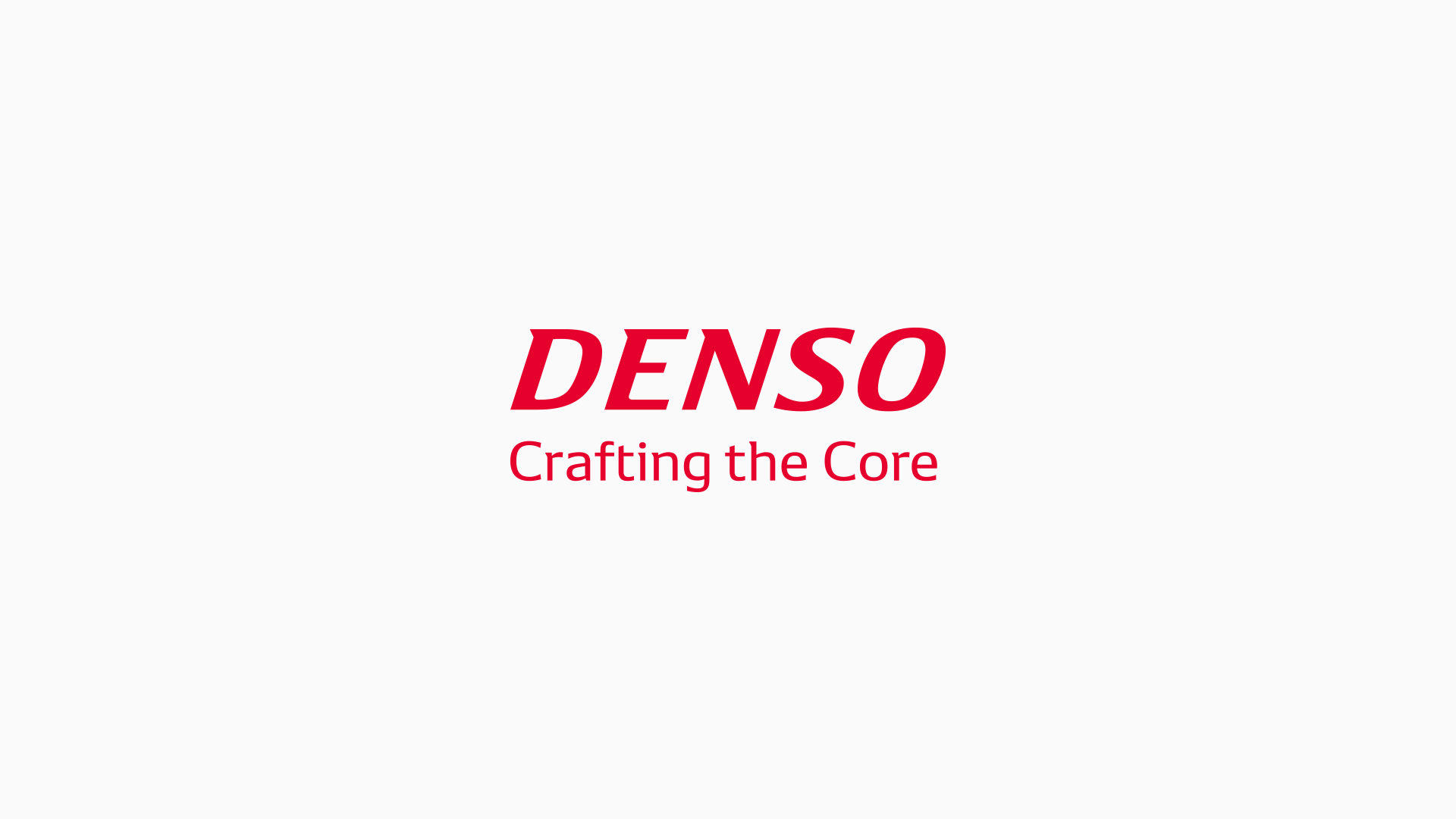Special Feature: Value Creation in Action
Promoting Electrification and Contributing to a Carbon-Free Society through Next-Generation Silicon Carbide Power Semiconductors
To realize the DENSO Philosophy, which is grounded in the ideals of the DENSO Creed, we are pursuing sustainability management that focuses on resolving social issues through our business activities. Using our newly developed silicon carbide (SiC) power semiconductors as an example, this section introduces DENSO’s value creation story, including the strengths we have cultivated over our history that have led to the resolutions of social issues as well as our vision for the future.
Social Issues : Increase in Electricity Consumption Following the Evolution of Mobility and Popularization of Electrified Vehicles
The sales volume of electrified vehicles that significantly contribute to reducing environmental burden is estimated to increase by 15 times between 2020 and 2035, leading to an expected increase in the volume of electricity consumption. Enhancing power usage efficiency and controlling the rise in electricity consumption are the keys to promoting the popularization of electrified vehicles and the shift to smart mobility in the future.
Contribution to Popularizing Electrified Vehicles and Reducing CO2 by Enhancing Power Efficiency through SiC Power Semiconductors
To popularize electrified vehicles and contribute to the reduction of CO2 while resolving the social issue of increasing electricity consumption, DENSO has developed SiC power semiconductors that incorporate unique patented structural technologies and production technologies.
Characteristics of SiC Power Semiconductors and Contributing Fields
Power semiconductors are semiconductors that receive instructions from the electronic control unit (ECU) to operate inverters or motors. To ensure that power semiconductors required for the energy management of electrified vehicles endure the harsh in-vehicle environment, it was necessary to develop power semiconductors that use SiC. Since SiC performs very well under high-temperature, high-frequency, and high-pressure environments compared with the silicon that has been used up until now, it has gained attention as a raw material that reduces power loss in inverters, contributes greatly to downsizing, and accelerates the electrification of mobility. However, since commercially available SiC materials did not deliver the quality requirements for in-vehicle use, it was necessary to develop the material in-house. DENSO has produced SiC that can endure the in-vehicle environment by developing high-quality materials.
Equipping inverters with DENSO’s SiC power semiconductors has reduced the volume by approximately 60% and power loss by around 70% compared to previous power semiconductors, realizing the downsizing of the product and enhancement of fuel efficiency. As a result, we have been able to contribute to the resolution of the social issue of increasing electricity consumption.
Capitals and Strengths Built Up during Our History of Semiconductor Development to Date
The reason DENSO was able to develop semiconductors that can endure the harsh in-vehicle environment was the capitals and strengths built up during our long history of developing semiconductors.
The history of initiatives for in-vehicle semiconductors at DENSO dates back to the 1960s, when a research center for in-vehicle semiconductors was set up with the aim of shifting to in-house production. Additionally, we have promoted initiatives for mass production and commercialization through vertically integrated development capabilities that cover the entire process, from material development and production through to system design. Furthermore, DENSO has completed the development of tough semiconductor products by repeatedly measuring and improving the endurance of products under extreme environments to understand what kind of environment the developed products can operate normally under.
DENSO has also completely commercialized SiC power semiconductors over a period of approximately 25 years. These power semiconductors have been utilized in the Toyota MIRAI, which was launched in December 2020. This was the result of the strength of the ideals of the business unit that has continued to deliver in-vehicle semiconductor products since the semiconductor team was founded in the 1960s. The employees never gave up on commercialization despite facing the difficulty of controlling the quality of a material such as SiC for close to 30 years.
| Capitals | Manufacturing capital: Production structure and quality assurance structure that continue to provide society with in-vehicle semiconductor products Intellectual capital: Pioneering knowledge of in-vehicle semiconductor development built up since the 1960s Social and relationship capital: Collaboration with MIRISE Technologies, which is responsible for SiC development |
|---|---|
| Strengths | Hitozukuri: Knowledge handed down by predecessors and synergized with the creative power of young employees in response to issues specific to in-vehicle environments that have accumulated over time Research and development: Vertically integrated development capabilities that apply technology built up through mobility-related development and utilize comprehensive strengths Monozukuri: In-house production capabilities for semiconductors that clear difficult in-vehicle standards |
Value Provided to Society : Realization of a Carbon-Free Society
By further popularizing the SiC power semiconductors newly developed by DENSO, we have been able to popularize electrified vehicles and promote CO2 reduction, contributing to one of the goals of DENSO’s environmental strategy—“contribute to the electrification of automobiles and reduce our CO2 emissions to the greatest extent possible.” Furthermore, we aim to achieve a low-carbon society and then carbon neutrality by 2035 for a future where electricity will be essential in even more situations.
Message from an Employee
Further Evolution of Power Semiconductors and Their Connection to Carbon Neutrality
Despite achieving commercialization of SiC power semiconductors, SiC is only just at the threshold of electrification. The true value of DENSO’s semiconductors will be tested to see whether they can fully meet the expectations for electrification, which is experiencing a fully-fledged acceleration. Furthermore, there are numerous possibilities for SiC power semiconductors. Going forward, the application of power semiconductors in wireless power and wireless power transfer to moving vehicles in the future will enable power supply systems to become significantly smaller and more efficient. Additionally, semiconductors must become even tougher as new electrified mobility becomes tougher, as exemplified by the allelectric vertical take-off and landing (eVTOL) aircraft, which is essentially a flying car, relative to construction machinery and conventional mobility like commercial trucks. Power semiconductors that operate in a stable manner should be used in these situations. We will continue striving to meet new needs as a whole by utilizing experience gained from the commercialization of SiC.












